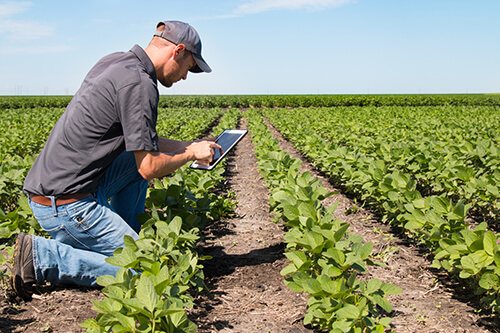Five Ways FieldView™ Can Save You Time During Growing Season
Jul 13, 2020

Repost from Climate Fieldview
With the rush of planting in the side view mirror for most corn, soybean, and cotton farmers, attention quickly turns to keeping track of the health and progress of crops across your operation.
No rest for the weary, right?
We have a few suggestions that can help save you sometime this summer — which hopefully turns into enjoying more time with family and friends. We assembled this quick list of FieldView™ tools that are designed to help you effectively monitor conditions in your fields and efficiently target areas of concern.
How to Use FieldView™ During Growing Season:
With the rush of planting in the side view mirror for most corn, soybean, and cotton farmers, attention quickly turns to keeping track of the health and progress of crops across your operation.
No rest for the weary, right?
We have a few suggestions that can help save you sometime this summer — which hopefully turns into enjoying more time with family and friends. We assembled this quick list of FieldView™ tools that are designed to help you effectively monitor conditions in your fields and efficiently target areas of concern.
How to Use FieldView™ During Growing Season:
- Monitor for Possible Yield Threats
Use field health imagery in FieldView™ — including vegetation, scouting, and true color maps — to track in-season crop health. The maps provide a color index to help you determine which areas may be in need of attention. You can also import and review drone imagery from providers that collaborate with FieldView™ to keep your field information in one place. You can also create field regions reports to monitor certain zones, such as an area with delayed emergence.
- Track Field Conditions and Determine Application Timing
Monitor crop progress by navigating to the field health imagery grid view page, and sort by high biomass on the vegetation tab to help identify which fields are progressing and ready for spraying. You can also view field conditions like wind speed and other weather data on all of your mapped fields to help determine application timing.
- Create Spray Reports
- Share Easily with Your Scouting Team
- Keep tabs on the Weather for Each Field